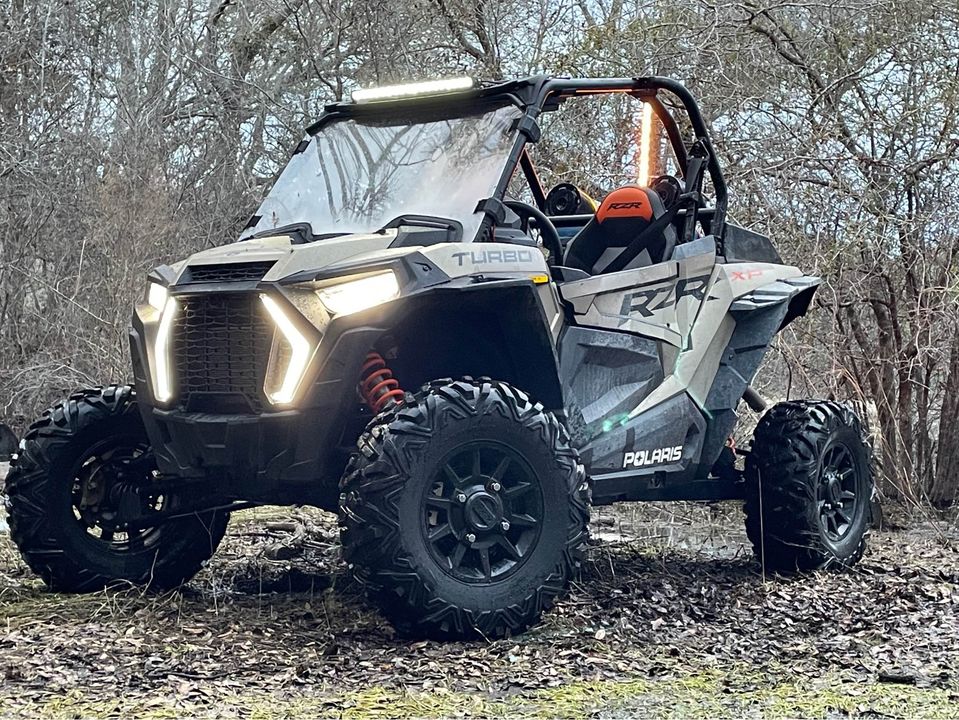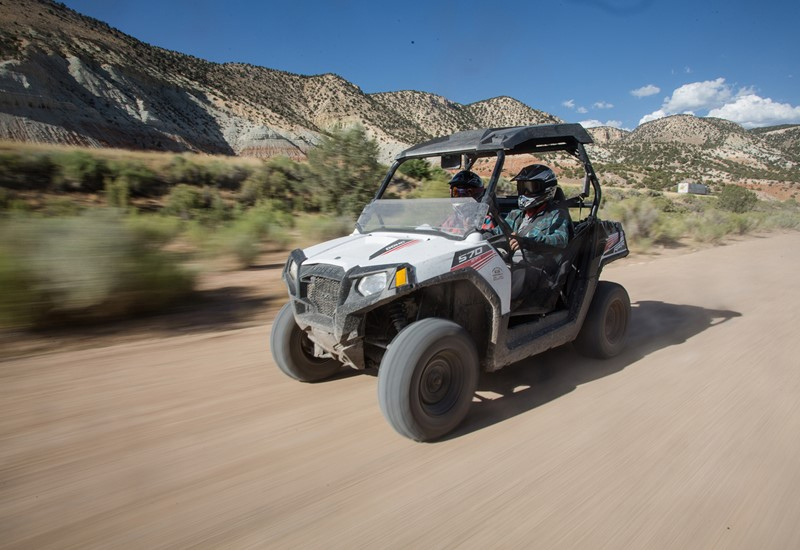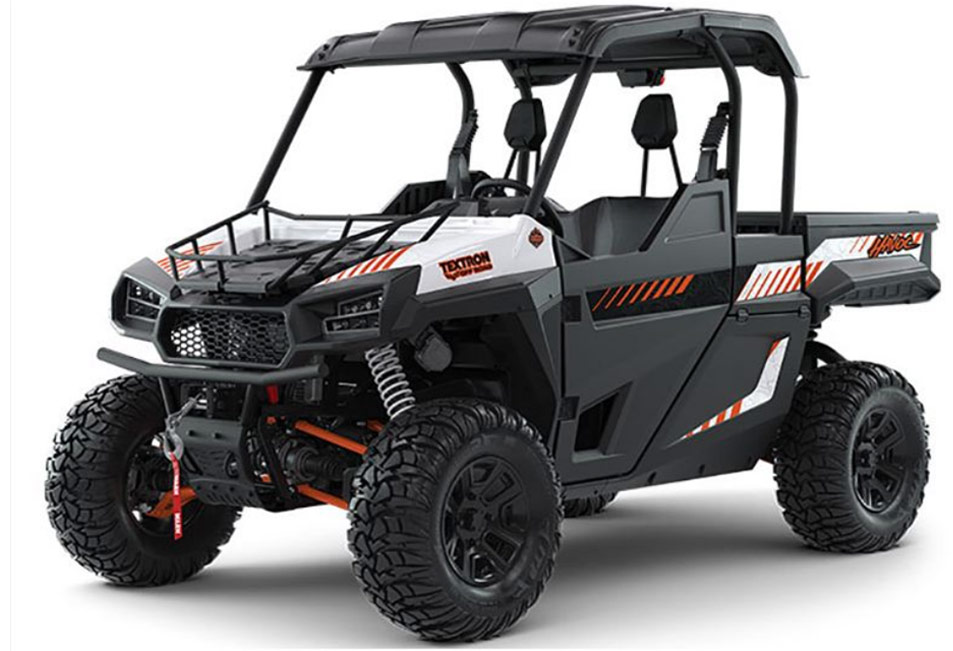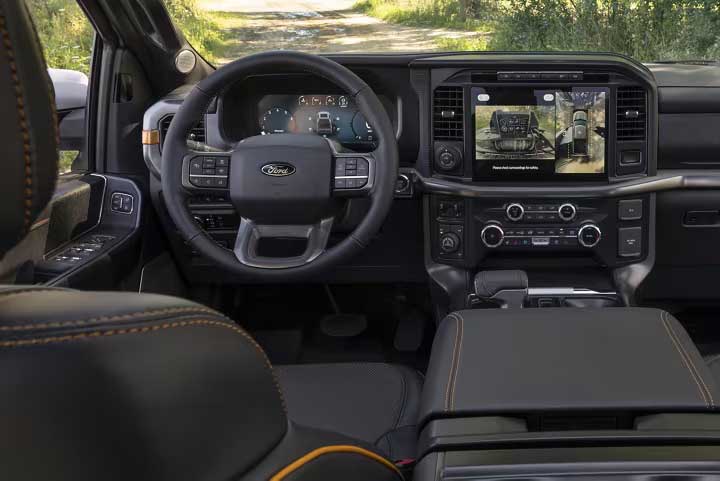Due to the unexpected and demanding nature of off-road excursions, safety equipment is essential in UTV trailing. These safety precautions are more than just nice-to-haves; they are important safeguards for your health.
Helmets protect your head from potential collisions, while eye protection protects your vision from dust and debris. Gloves provide grip and hand protection, while durable boots protect your feet and lower limbs. Riding equipment provides comfort as well as protection from the weather and abrasions. Impact forces are distributed more evenly with body armor, chest protectors, and knee/elbow padding, lowering the risk of fractures and bruising. Neck restraints help to protect the neck and spine during falls, while chest protectors give an added layer of protection to the torso.

Safety gear is critically important in UTV (Utility Terrain Vehicle) trailing for several reasons:
- Protection from Injury: UTV trailing can be physically demanding and sometimes unpredictable. Safety gear provides protection from various types of injuries that can occur during off-road rides, including impacts, falls, and accidents.
- Head Protection: Helmets are essential to safeguard against head injuries, which can be life-threatening. They protect your head from impacts with branches, rocks, or the vehicle’s roll cage in the event of a rollover.
- Eye Protection: Eye protection, such as goggles or a face shield on a full-face helmet, shields your eyes from dust, dirt, debris, and flying objects, preventing eye injuries and improving visibility.
- Hand and Arm Safety: Riding gloves provide grip, reduce vibration-induced hand fatigue, and protect your hands and wrists in case of a fall or contact with branches and rocks.
- Foot and Leg Protection: Riding boots with ankle support and sturdy soles protect your feet and lower legs from injuries, including impact and abrasion.
- Protection from the Elements: Riding gear, including jerseys and pants, keeps you comfortable and dry in various weather conditions, protecting against rain, wind, sun, and abrasions from branches and brush.
- Impact Protection: Body armor, chest protectors, and elbow and knee pads absorb and distribute impact forces, reducing the risk of fractures, bruises, and soft tissue injuries.
- Neck and Spine Safety: Neck braces help minimize the risk of neck and spinal injuries during falls and impacts by limiting excessive head movement.
- Chest and Torso Protection: Chest protectors add another layer of defense for your chest and ribs, reducing the risk of injuries from flying debris and impacts.
- Emergency Situations: In case of accidents or medical emergencies, having safety gear on can provide valuable protection while waiting for assistance or medical help to arrive.
- Communication and Navigation: Communication devices and GPS systems enhance safety by allowing you to stay connected with others in your group and find your way in unfamiliar terrain.
- Preventative Measures: Wearing safety gear is a proactive measure to prevent injuries and accidents. It helps you stay focused on riding rather than worrying about potential hazards.
- Compliance with Regulations: In many areas, wearing specific safety gear, such as helmets, is required by law. Compliance with regulations not only keeps you safe but also helps avoid legal consequences.

Overall, safety gear is an essential aspect of responsible UTV trailing. It helps minimize the risks associated with off-road riding and ensures that you can enjoy your adventure while prioritizing your safety. Remember that the specific safety gear you need may vary depending on the type of terrain, weather conditions, and the nature of your UTV activity. Always choose high-quality, properly fitting safety gear and inspect it regularly for any signs of wear or damage.




